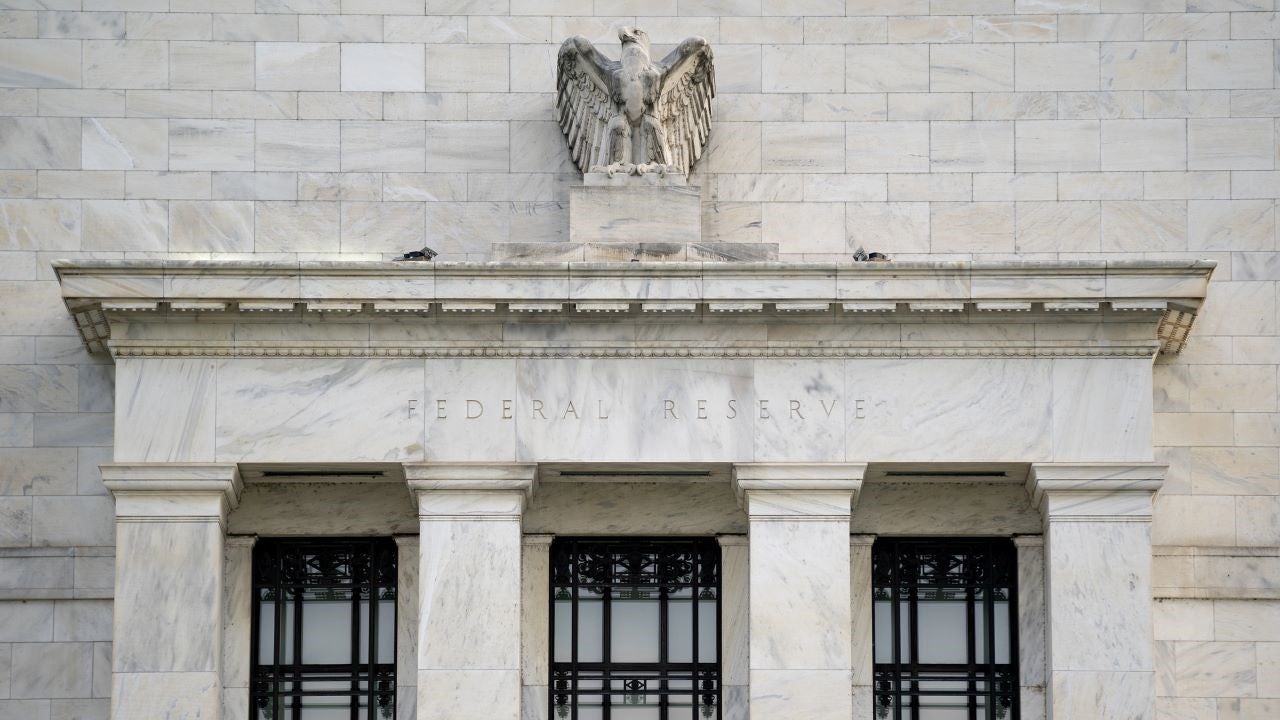When will personal loan interest rates start dropping?

The Federal Reserve has finally shown the signs of a rate plateau. However, interest rates are still breaking records, and it’s not a given that personal loan rates will fall anytime soon.
While the exact timeline is unknown, the majority of economists agree that the Fed could start cutting rates as early as 2024.
Interest rates hit highest level in over 20 years
Following its Oct. 31-Nov.1 meeting, the Federal Reserve made the decision to hold rates steady. This is the third time in the last four meetings that the Fed has kept rates steady. However, interest is still at an all-time high following its past 11 rate hikes.
While the average personal loan rate currently sits at a high 11.54 percent, many experts are wondering if the Fed is done raising rates as inflation slowly declines.
Most economists predict interest rates to drop come 2024; some say 2025
Bankrate’s quarterly Economic Indicator Survey found that 96 percent economists who responded predict that the Fed will begin to cut rates in 2024, while 6 percent predicted that borrowers won’t see any cuts until 2025.
Mark Hamrick, Senior economic analyst at Bankrate and Washington bureau chief, advised that borrowers play the long-game when it comes to the Fed dropping rates.
Rather than seeing personal loan rates dramatically shift toward one direction or the other, it’s more likely that rates will stabilize or remain elevated — like we’re seeing now — until there’s a change in the economic outlook, Hamrick says.
The future of lending costs is still speculative, but the end may be in sight
While it would be ideal for prospective borrowers to have a concrete timeline as to when personal loan rates are expected to drop, it appears that the end of the hikes may be in sight.
According to the Federal Reserve’s projections, rate cuts aren’t going to happen until at least 2024. However, it’s unlikely that massive rate hikes will occur. Whether or not the Fed will start cutting rates depends on the rate of inflation.
While inflation is slowing, Bankrate’s Q3 Economic Indicator poll found that most financial experts (41 percent) don’t expect inflation to fall to the Fed’s benchmark 2 percent until 2025.
“If there’s one lesson we’ve had slap us in the face over the past few years, it’s that we live in a world of rapid change and volatility,” Hamrick says. However, he asserts that if the economy continues to hold up, then the cost of borrowing could be easier to access at a lower cost.
“But this is speculation at this point. How the future unfolds remains to be seen,” he concludes.
Borrowers need to be increasingly more creditworthy to get approved
Should the Fed follow the predicted trends and carry the high rates into 2024, prospective personal loan borrowers will likely need to have stellar credit and a near-flawless financial portfolio to get approved with most lenders.
If rates were to drop, lenders would be more likely to adopt more lenient approval odds. However, as there is the potential for at least one more rate increase this year, lenders are predicted to remain tight in an attempt to protect themselves.
“The other factor working against borrowers is tighter lending on the part of financial institutions,” says Hamrick. He explains that this has been evident since before the 2023 bank failures in March and that the tightened approval dynamic between lenders and borrowers has become more evident.
“This means that borrowers will need to be reasonably well qualified with higher credit scores,” he says, adding that the cost of high financing will be sticking around for a while.
You may also like

How to get a $5,000 personal loan: Quick funding options

How the Federal Reserve impacts personal loans

How to boost your personal loan approval odds: 5 tips

When will car interest rates start dropping?


